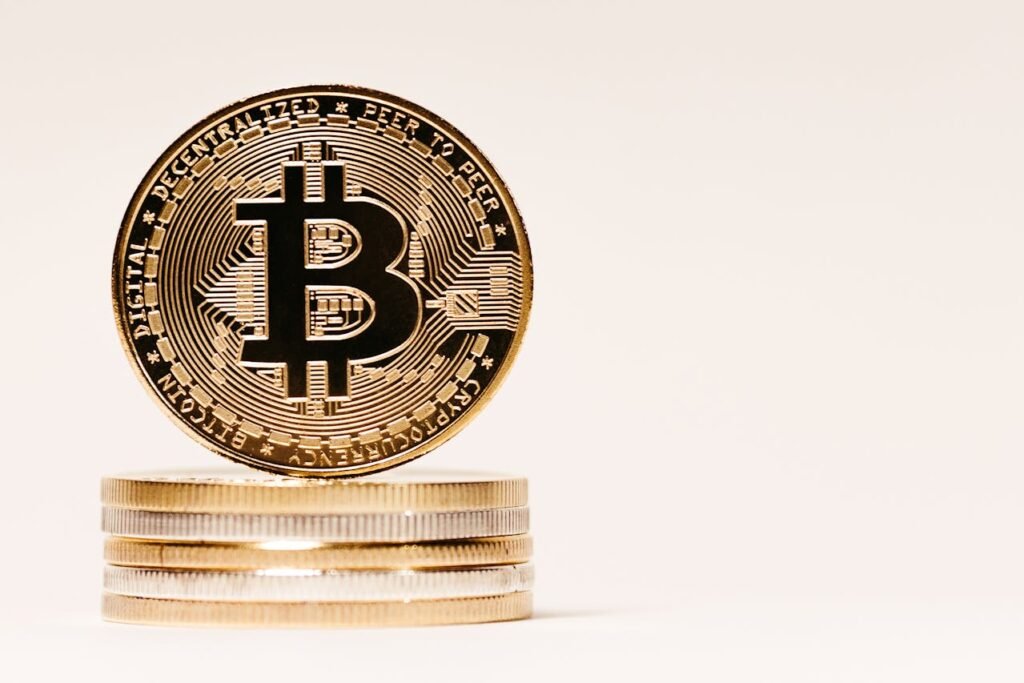Bitcoin ownership is transforming. What once felt safe on exchanges is now being questioned, as more users recognize the importance of holding their own keys. The shift toward self-custody isn’t just about security, it’s about taking back control.
How Exchange Collapses Changed Everything
For years, many people treated cryptocurrency exchanges as digital banks. They felt safe leaving their Bitcoin on platforms that promised convenience and accessibility. But as time passed, cracks began to appear. Stories of sudden exchange failures, frozen withdrawals, and vanishing funds spread quickly across the community.
Those moments became a turning point. They reminded everyone that the core idea behind Bitcoin was freedom from middlemen. It was never meant to be locked away on someone else’s servers. Each collapse or scandal served as a wake-up call, urging users to rethink where their Bitcoin truly belongs.
“Not Your Keys, Not Your Coins” – What This Really Means
The phrase might sound like a catchy slogan, but it carries weight. When you hold Bitcoin on an exchange, you don’t actually control it. The platform owns the keys, and without keys, ownership is only an illusion.
True ownership comes when you control the private keys yourself. That means no one can block, freeze, or seize your funds. It also means that the responsibility rests squarely on your shoulders. While that can feel daunting at first, it is also empowering.
In short, having your keys means you’re not just a customer, you’re in control.
Why Keeping Bitcoin on Exchanges Is Getting Riskier
Exchanges still serve a purpose for quick trading or converting between digital and traditional money. But the risks of leaving large amounts there have grown harder to ignore.
Some of those risks include:
- Platform hacks and security breaches.
- Temporary shutdowns or restrictions on withdrawals.
- Legal entanglements that may freeze customer assets.
- Unexpected failures or bankruptcies.
Each of these risks underscores the same truth: relying on an exchange long-term exposes your Bitcoin to problems outside of your control. That’s why more users are exploring safer ways to store their holdings.
Is Self-Custody Too Complicated? The Truth About Difficulty
For newcomers, self-custody can sound like a maze of technical steps. Words like “seed phrases” and “private keys” may seem intimidating. But the reality is far less complex than it appears.
Modern wallets are designed to be user-friendly, guiding people through setup in simple steps. Many provide clear instructions, recovery options, and interfaces that are no more confusing than online banking apps.
The challenge lies more in mindset than mechanics. It requires adjusting from relying on a third party to trusting yourself. Once that shift is made, the actual process of managing a wallet is surprisingly straightforward.
Bitamp Bitcoin Wallet: Why Safe Storage Solutions Are Gaining Trust
Among the growing number of self-custody tools, the Bitamp Bitcoin Wallet has become a trusted option for many. Its appeal comes from a mix of simplicity and security.
Bitamp allows users to generate a wallet instantly without handing over personal details. Everything stays client-side, which means sensitive information never leaves your device. The wallet works directly in your browser, ensuring you always hold the keys.
For people who often wonder “how do you spend Bitcoin” safely and freely, the first step is making sure it’s stored securely. Bitamp provides that foundation by giving you control without unnecessary complexity. It demonstrates why self-custody solutions are becoming central to the Bitcoin movement. They strip away the middleman and put the power back into the hands of the user, where it belongs.
The Simple Steps to Take Control of Your Bitcoin
Making the shift to self-custody doesn’t require deep technical expertise. The path can be broken down into a few straightforward steps:
- Choose a wallet that suits your comfort level, such as Bitamp.
- Generate your keys and carefully note your recovery phrase.
- Store the recovery phrase offline in a safe location.
- Move your Bitcoin from the exchange into your new wallet.
From that moment forward, you’re no longer dependent on third parties. You become the true custodian of your Bitcoin. And once that foundation is in place, the next natural question, how do you spend Bitcoin, becomes much easier to answer. Whether it’s for transactions, savings, or exploring new use cases, self-custody ensures you have the freedom to decide.
Why This Trend Will Determine Bitcoin’s Future
Self-custody is more than just a practical decision, it’s a cultural shift. It signals a move back to Bitcoin’s original philosophy of independence and personal responsibility.
As more users embrace wallets like Bitamp, the ecosystem becomes stronger. Fewer coins locked away on exchanges means fewer risks of systemic failures. More importantly, it ensures that Bitcoin continues to function as a tool for freedom rather than another asset trapped in centralised systems.
The future of Bitcoin may well depend on this movement. Self-custody isn’t just about safety, it’s about staying true to what Bitcoin was designed to be.
Final Thoughts
The journey from exchange reliance to self-custody marks a new chapter for Bitcoin. What started as a wake-up call has grown into a lasting trend. Users are realising that convenience can come at the cost of control, and that true ownership requires responsibility.
Safe storage solutions like Bitamp are making that responsibility easier to manage, allowing anyone to secure their Bitcoin without unnecessary barriers. In the end, the choice is simple: you can trust an exchange with your future, or you can hold it in your own hands. And when people ask, How do you spend Bitcoin with confidence, the answer often begins with taking control of it first.

